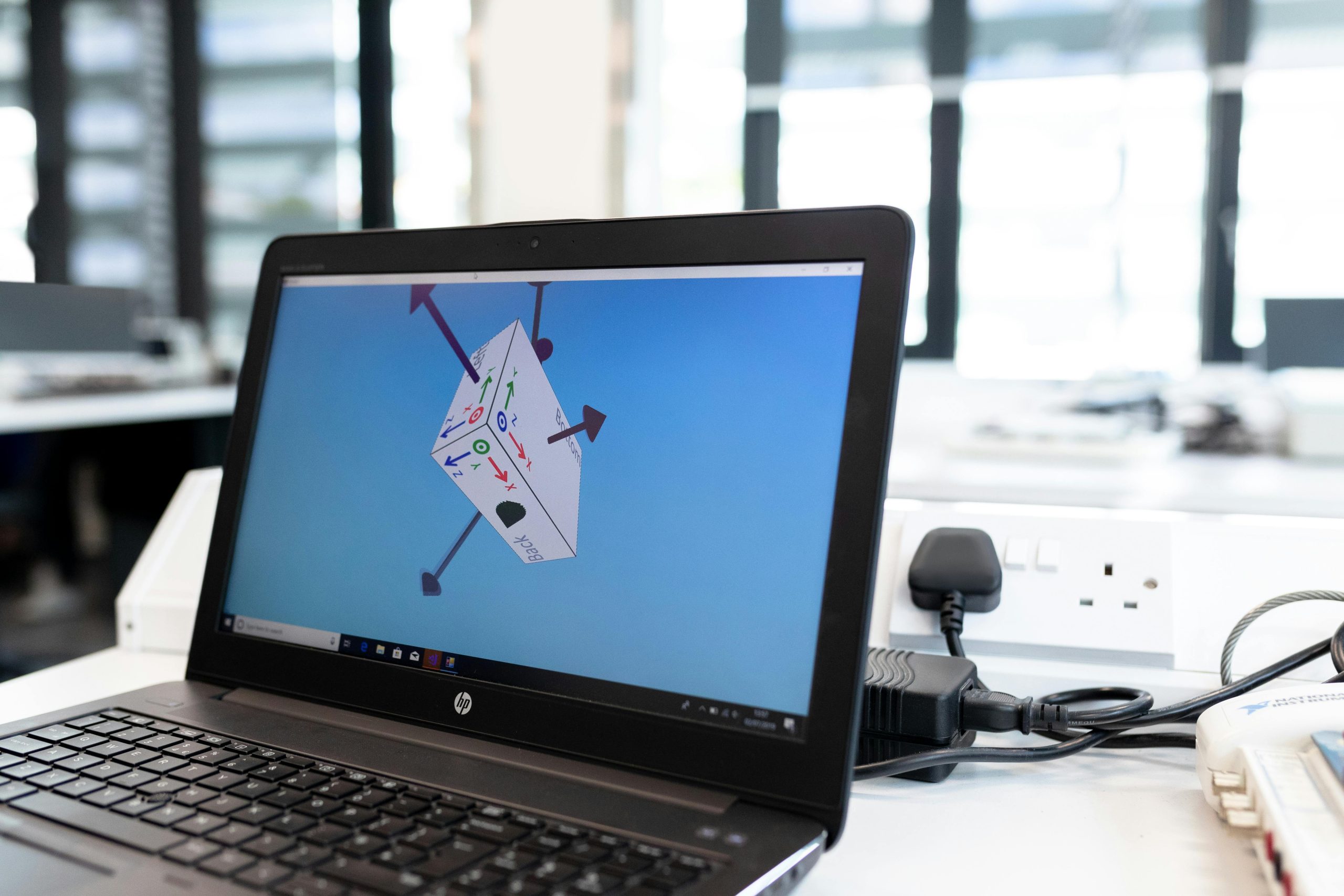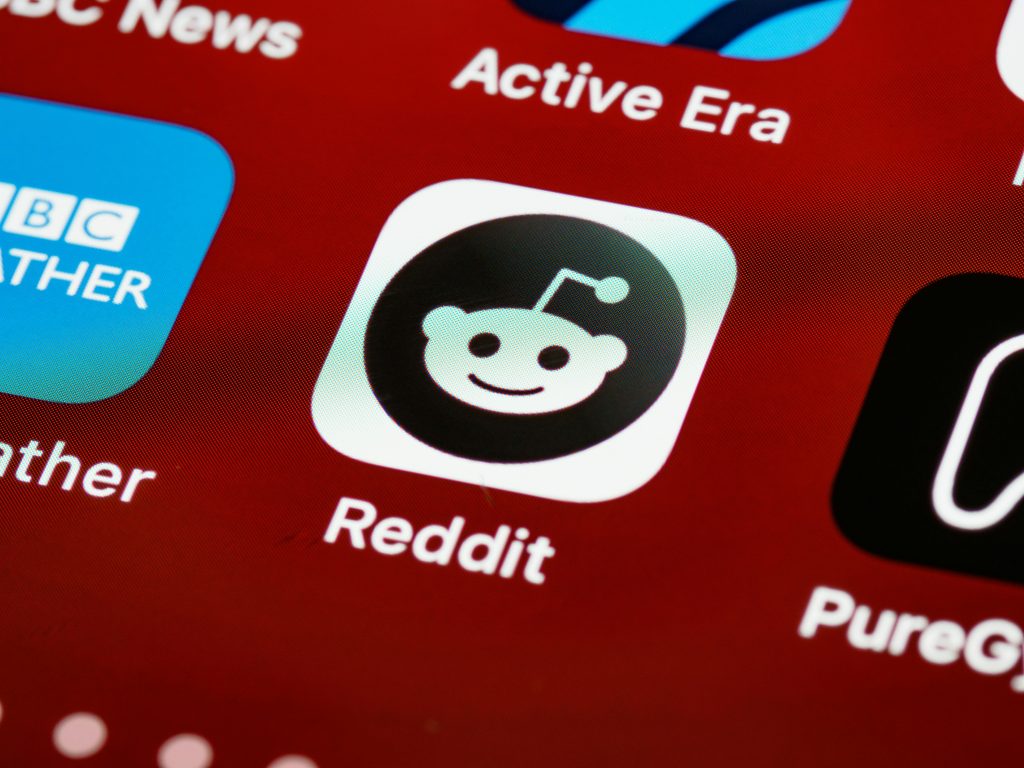Handling TrojanDownloader:HTML/Adodb.gen!A in Your Discord Cache
Recently, I encountered a concerning issue on my computer when Windows Defender flagged a potential threat known as TrojanDownloader:HTML/Adodb.gen!A. This alert appeared a few days ago, and since then, I’ve been trying to address the situation.
The initial detection involved two separate cache files related to Discord, which led to them being quarantined by my antivirus software. Initially, I assumed clicking the ‘remove’ option would fully eliminate the threats. However, I’m now questioning whether my actions have merely reinstated the Trojan.
After feeling uneasy about booting up my system, I decided to restart my computer today. To my dismay, another scan revealed additional instances of the Trojan within two new Discord cache files. This persistent detection has left me uncertain about the best course of action.
Currently, the files in question remain in quarantine. I am seeking advice on the next steps I should take. If anyone has dealt with a similar situation or has tips on how to effectively remove this Trojan, I would greatly appreciate your insights. I’m open to providing further details in the comments if needed.
Thank you for your assistance!
Share this content:




Hi there,
Dealing with TrojanDownloader:HTML/Adodb.gen!A infections can be challenging, especially when they persist within application cache files like those for Discord. Here are some recommended steps to ensure thorough removal and secure your system: